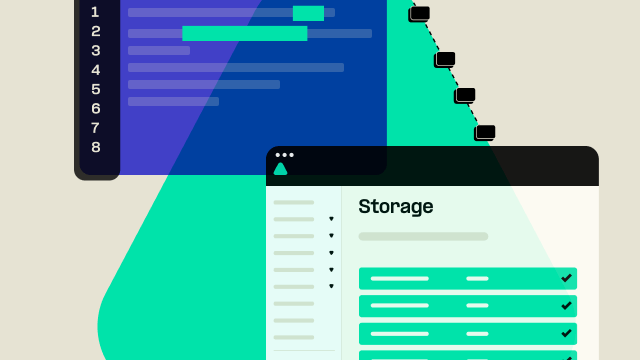Two-factor authentication

Build your own two-factor authentication solution
Businesses use two-factor authentication (2FA) to block over 99% of automated account attacks on average. But historically, building your own 2FA has been laborious, and out-of-the-box solutions have limitations of their own. Telnyx offers SMS, Voice and Verify APIs that enable developers to quickly and easily incorporate accessible 2FA at any point in the customer journey.
Benefits
Build a native experience
Send passcodes via SMS, voice call, flash call or WhatsApp message.
4
Authentication channels
Integrate 2FA easily
Secure logins, authenticate devices, confirm account changes, register users, protect payments and stay PSD2 compliant with Telnyx’s Verify API.
1
flexible API
- 1
Set up verification-capable phone numbers
Instantly provision and configure phone numbers for calling and messaging in 200+ countries via the Telnyx Mission Control Portal.
- 2
Configure your application to interact with the Telnyx Verify API
Set up your application to call the Telnyx Verify API when the user submits the correct criteria. This will trigger a PIN code to be sent via SMS, voice, flash call or WhatsApp to the phone number associated with that user’s account.
- 3
Deliver and verify PIN codes
The user receives a code and enters it into your application’s PIN code input field. Your application then sends a request to the Verify API with the user’s details and entered PIN code to check if it’s correct.
- 4
Verify API responds with appropriate result
If the code matches the one generated, the API will send a positive response, and your application can grant the user access in accordance with your configuration. If it isn’t, the API will deliver a negative response, and you can ask the user to try again or request a new code.
Flexible APIs over a private IP network
Build with an authentication API
Configuration guides to quickly add an authentication service to your app using SMS, Voice, Flash Call and/or WhatsApp.
How secure is two-factor authentication?
If you're worried about protecting your sensitive and personal information, learn how two-factor authentication can help.
What is two-factor authentication?
We dive into how two-factor authentication works to add an extra layer of security, the different types of 2FA and more.
Authentication is a means of verifying one’s identity, and two-factor authentication (2fa) is a method of establishing access to an online destination, by requiring users to provide two different types of information. One common mode of single factor authentication is the username password pair. With 2FA, users need to both provide a password and prove your identity some other way to gain access. A common 2FA method is to send a time expiring one time password, sent to a mobile device via SMS in addition to username and password.



